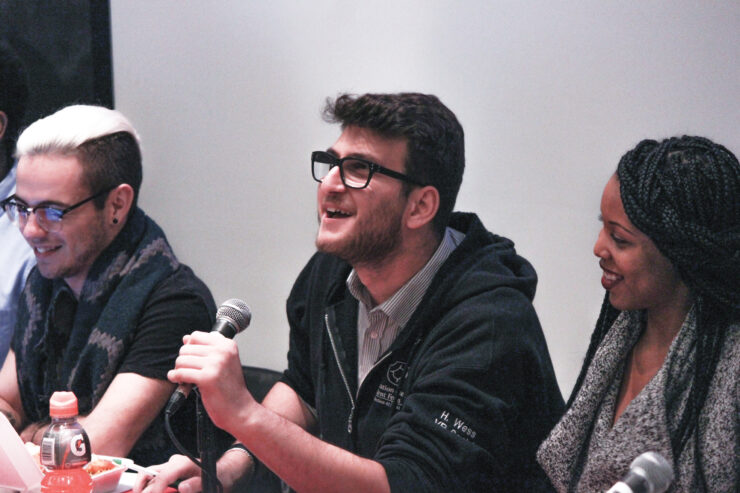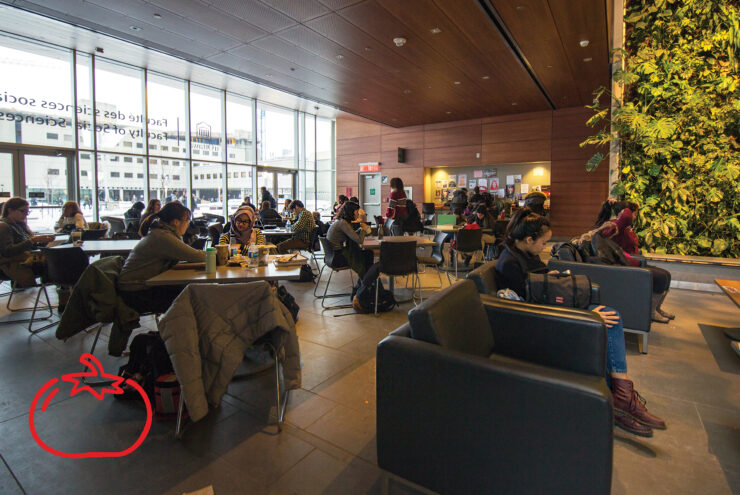Students to see 2.8 per cent increase in tuition, says Statistics Canada
On Sept. 7 Statistics Canada released a study saying that tuition prices have increased 2.8 per cent for the 2016-17 academic year.
This figure is a slight decrease from the 3.2 per cent increase seen last year, but it indicates that tuition prices are still on the rise. According to an article from the CBC, undergraduate tuition has risen 13 per cent over the past four years.
Bilan Arte, chairperson of the Canadian Federation of Students (CFS) told the Fulcrum that the increase in tuition was due to a lack of public funding.
“They have not prioritized funding to the universities and colleges in this country and that has meant that we have seen tuition fees skyrocket from coast to coast.”
Ontario in particular has the highest undergraduate tuition in the country, averaging about $8,000 according to the Stats Can report.
“There is no government oversight to how much tuition fees have raised. Ontario is a perfect example of everything gone wrong when we deregulate tuition fees,” said Arte.
She also added that high tuition serves as a barrier for students to access higher education, particularly those from vulnerable or poorer communities.
At the provincial level, some work has been done to deal with rising tuition.
“We have seen important conversations happening in Ontario around access to education for students from low-income families with the introduction of the Ontario Student Grant,” said Arte.
This grant will provide students that come from households with a combined income of less than $50,000 with free tuition.
To fix the problem, Arte believes that “We should abolish tuition fees altogether and make sure that universities and colleges are funded properly through public funds.”
Some students at the University of Ottawa, however, do not agree with Arte’s view of free post-secondary education.
Joey Clavette, a fourth-year philosophy student at the U of O told the Fulcrum “There is no such thing as free tuition. Even if we did have free tuition, then our taxes would be raised and that is going to stunt the economies just as much.”
Clavette went on to say that he hasn’t noticed the increase in tuition. If there was an increase he believes it comes from mandatory incidental fees for student associations, athletics, and other services.
These changes ultimately depend on the faculty. At the U of O, fall tuition for new full-time undergraduate students in the Faculty of Arts has stayed at $3,654.27 since 2012, a decline from $3,693.02 in 2011. Meanwhile, new full-time undergraduate students in engineering will be paying $5,226.64 for their fall tuition this year, compared to $5,181.43 in fall 2015. This represents a 0.87 per cent increase in tuition rates, which can add up for students.
Dr. Cristina Blanco-Perez, an economics professor at the U of O, commented on rising tuition prices to the Fulcrum. She said she has seen a similar situation occur in Spain, where 134,000 post-secondary students left school due to high tuition.
“Students should see the whole picture for the government, students, and even professors. There are economic and political explanations for rising tuition.”
She pointed out that when tuition costs rise this means that the government is funding less and the students will consequently pay more.
In terms of free tuition, Blanco-Perez said that the social cost of such actions should be taken into account. She believes that free tuition incentivizes students to not work as hard. However, she also said that free higher education could result in a more skilled population.
“Instead of free tuition we should be doing more in terms of scholarships to ensure that students who take school seriously have a chance at higher education.”





